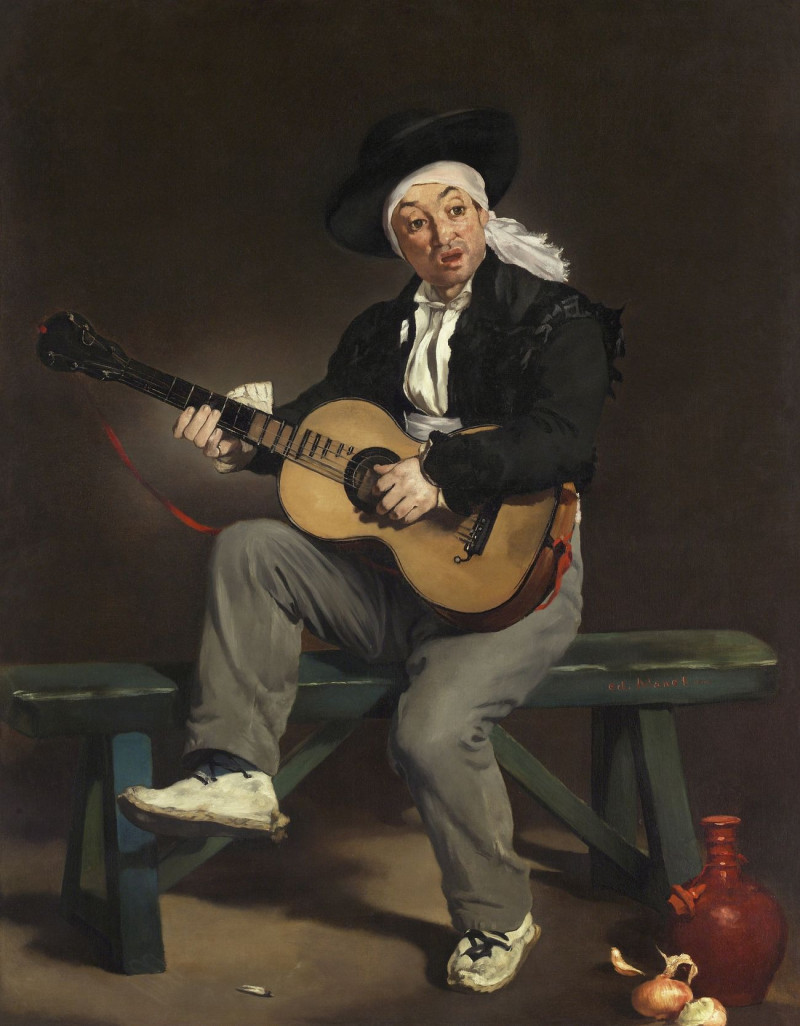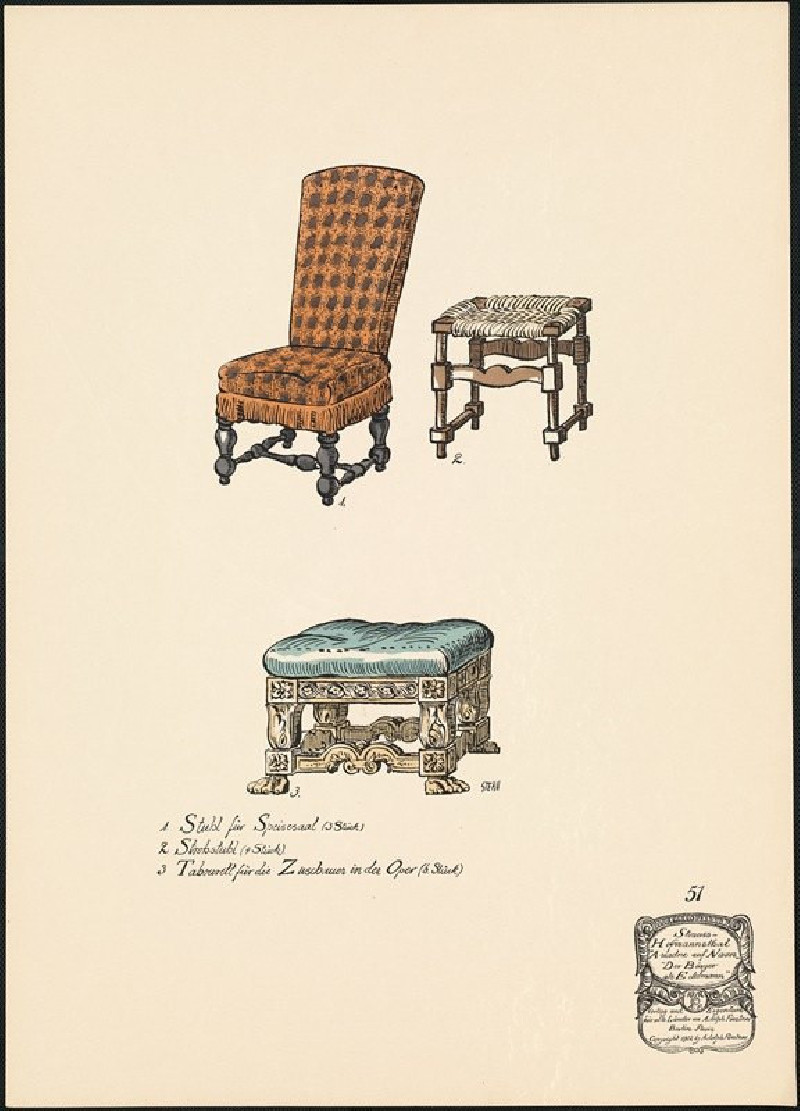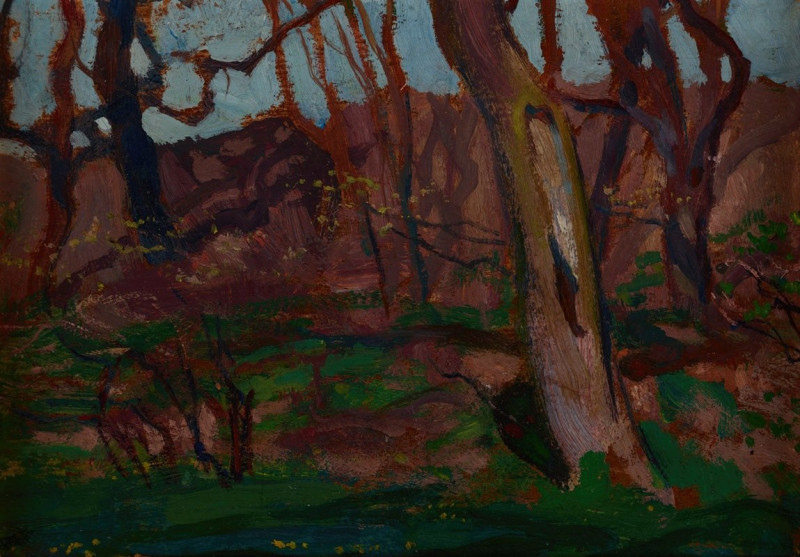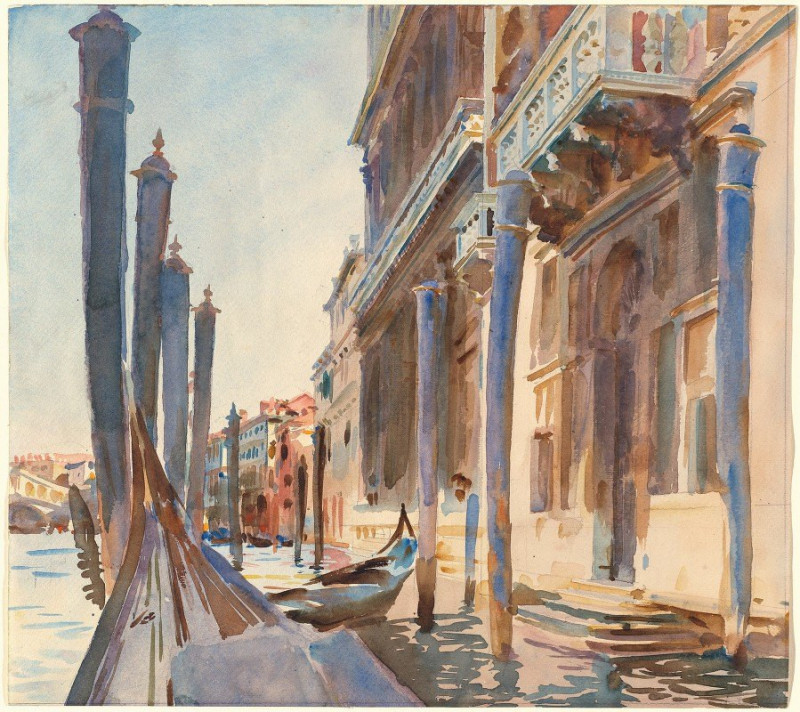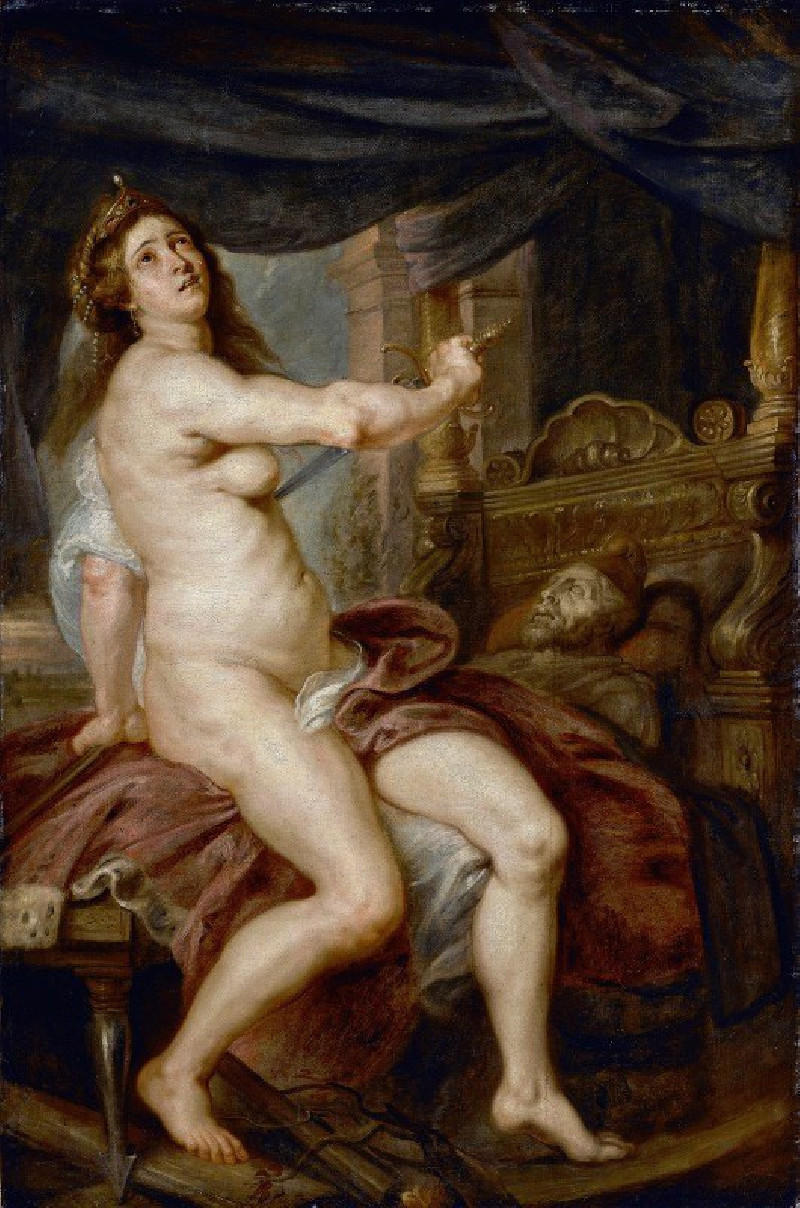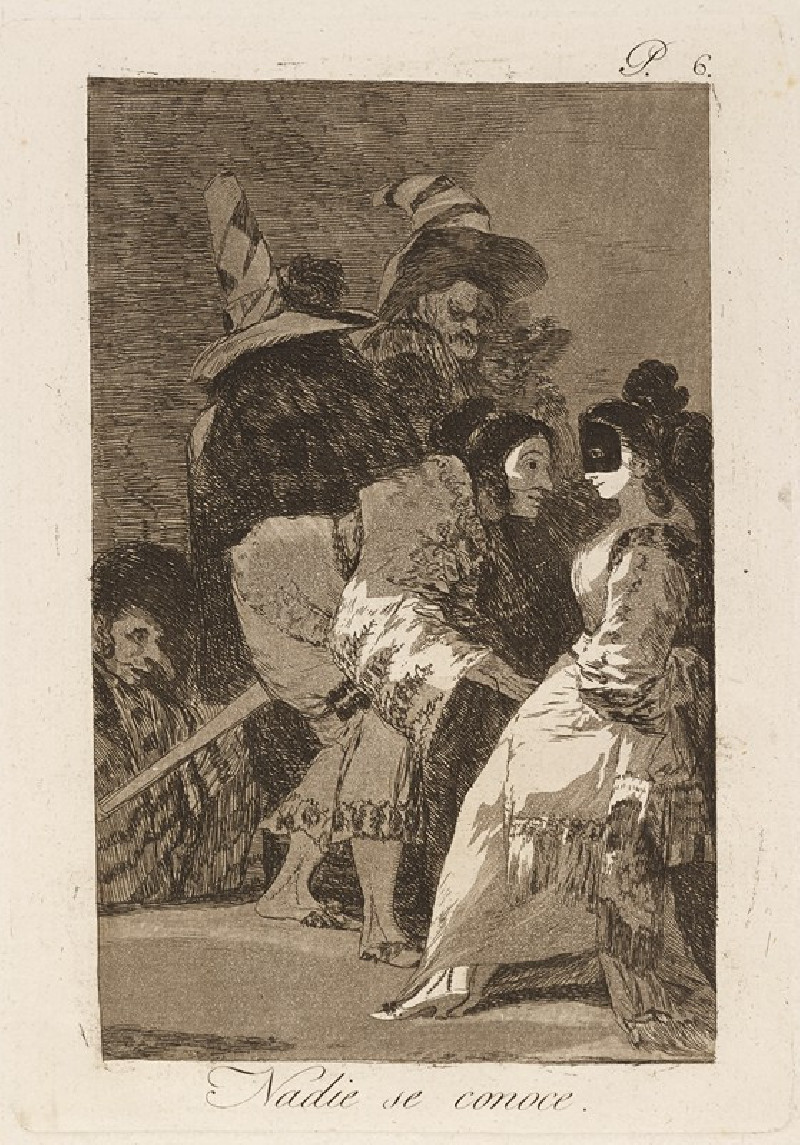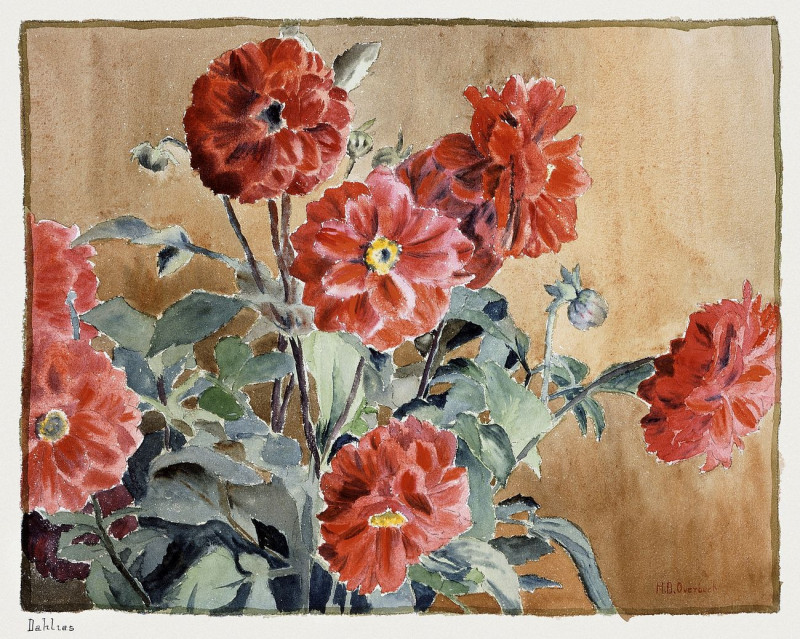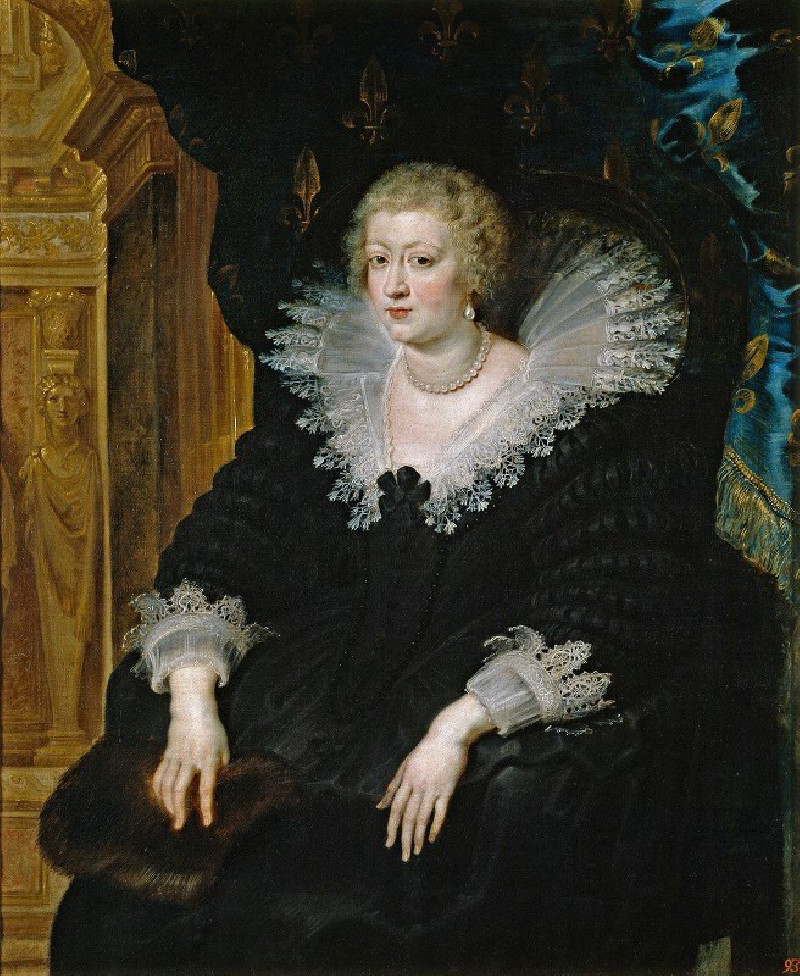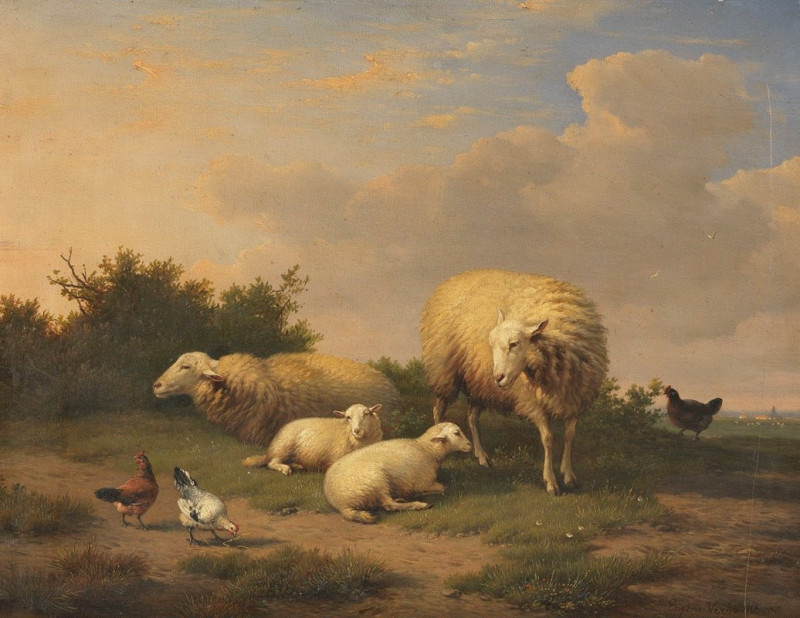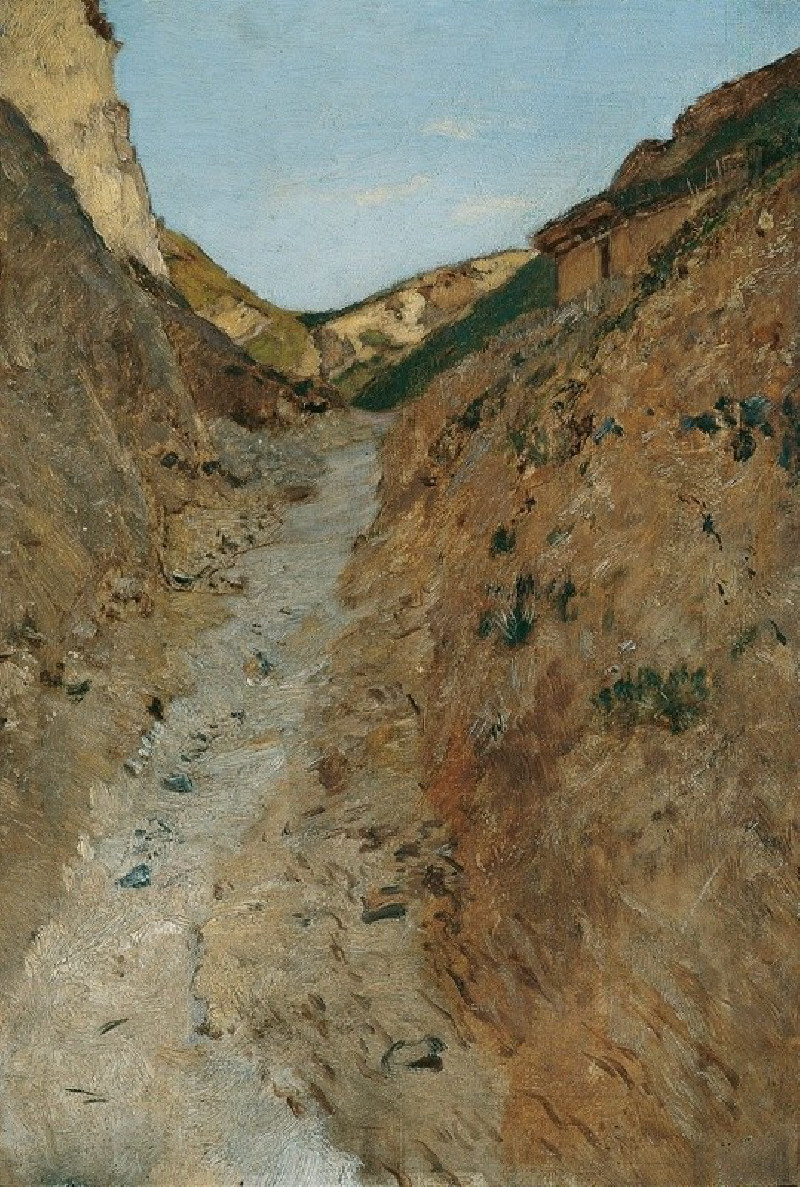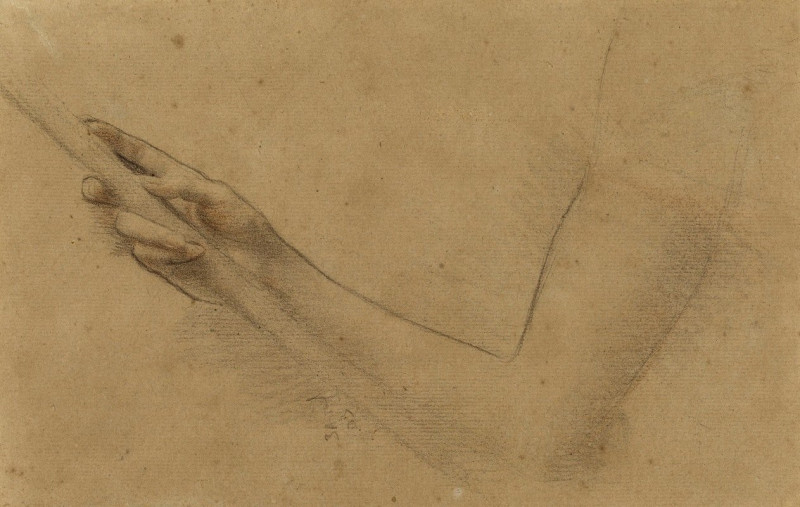Untitled (1914)
Technique: Giclée quality print
Recommended by our customers
More about this artwork
Untitled (1914) by Paul Klee is a vivid exploration of color and abstract symbolism, reflecting the artist's deep engagement with color theory and his innovative approach to form and composition. At first glance, the painting presents a mosaic of rich, interlocking colors that range from deep blues and purples to subtle pinks and bold yellows.Upon closer inspection, viewers will notice intricate, almost hieroglyphic patterns and symbols layered within the colorful patches. These delicate line drawings and markings suggest elements of maps, landscapes, or possibly architectural forms, intertwining to create a complex narrative or possibly a fantastical cityscape.With its abstract elements and dynamic use of color, Klee's painting encourages a personal interpretation and invites viewers to delve into their own imaginations to uncover the meaning behind the entwining forms and symbols.
Delivery
Returns
Paul Klee was a Swiss-born German artist. His highly individual style was influenced by movements in art that included expressionism, cubism, and surrealism. Klee was a natural draftsman who experimented with and eventually deeply explored color theory, writing about it extensively; his lectures Writings on Form and Design Theory (Schriften zur Form und Gestaltungslehre), published in English as the Paul Klee Notebooks, are held to be as important for modern art as Leonardo da Vinci's A Treatise on Painting for the Renaissance.

































